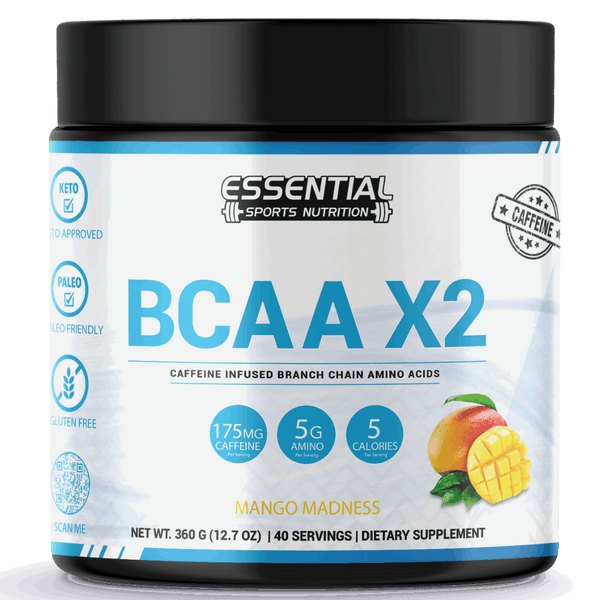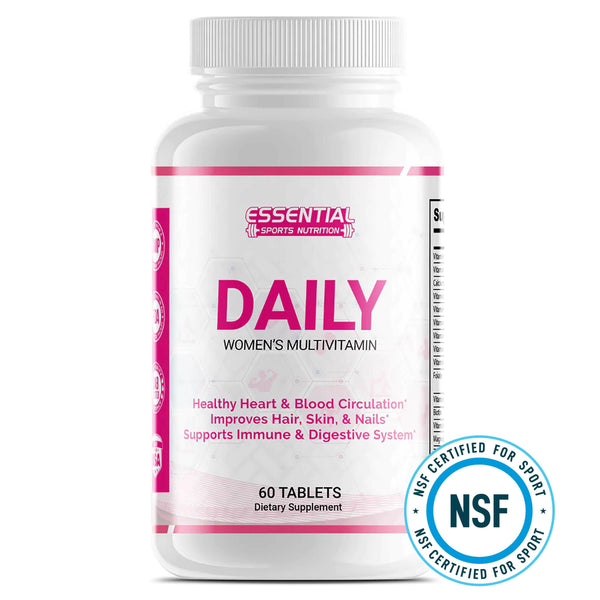Barbell Upright Row: Proper Form, Muscles Worked, and Benefits
Maximize your upright row gains by nailing proper form; it's key. Engage those deltoids efficiently and amp up muscle activation. Plus, it safeguards your shoulders from injuries and boosts overall upper body strength. Remember: elbows below shoulders, engage that core, and keep that spine neutral. Avoid rounding that upper back! Mix it up with dumbbells, cables, or kettlebells for a fresh challenge. Each option hits the shoulders and upper back differently. Kettlebells? They're gold for shoulder stability and grip strength. Get ready to up your game with variations that push you to new heights.

Key Takeaways
- Maintaining proper form maximizes deltoid engagement and reduces injury risk.
- Different variations include dumbbell, cable, and kettlebell for shoulder and back targeting.
- Kettlebell upright rows enhance shoulder stability, grip strength, and overall upper body strength.
- Snatch-grip technique intensifies upper back and deltoid activation, mimicking snatch movement.
- Core engagement, neutral spine, and elbow positioning are crucial for effective upright rows.
Benefits of Upright Row Proper Form

Maintaining correct form in upright rows is crucial for maximizing the benefits and effectiveness of this shoulder-strengthening exercise. By focusing on your form, you target the deltoid muscles efficiently, leading to increased shoulder strength and definition. Proper form enhances muscle engagement and reduces the risk of shoulder impingement and potential injuries that could sideline your progress.
When you prioritize form in your upright rows, you guarantee that your muscles are working efficiently without any compensatory movements that might hinder your results. Additionally, paying attention to how you perform this exercise can improve your posture, boost shoulder stability, and enhance your overall upper body strength. This attention to detail sets the foundation for gradual progression in weight and intensity, enabling you to challenge yourself safely while promoting muscle growth. Remember, maintaining correct form throughout each repetition is the key to reaping the full benefits of upright rows.
Key Form Tips for Upright Row
To guarantee maximum benefits and prevent injuries during upright rows, focus on key form tips, including keeping your elbows below shoulder level and engaging your core for stability. Maintaining this position reduces the risk of shoulder impingement and strain, allowing for a more effective and safer workout. Remember also to pay attention to your core muscles, as they play an important role in stabilizing your body throughout the movement. This helps prevent injury and ensures that you are effectively targeting the muscles you intend to work.
Additionally, it is essential to keep a neutral spine and avoid rounding your upper back. This helps distribute the weight more evenly and reduces the strain on your back muscles. Choose a grip width that is comfortable for you while still allowing for proper muscle activation. Focus on controlled movements both on the way up and down to fully engage the targeted muscles. By following these key form tips, you can confidently perform upright rows and maximize the benefits of this exercise.
Upright Row Variations Overview
When exploring the Upright Row Variations Overview, you can discover different ways to target various muscle groups in your shoulders and upper back effectively. By incorporating variations like the dumbbell upright row, cable upright row, and kettlebell upright row into your workout routine, you can add diversity and challenge to your shoulder and upper back training. Each variation brings something unique to the table, allowing you to tailor your workout based on your goals and preferences.
Consider the following table to get a quick overview of these upright row variations:
| Upright Row Variation | Targeted Muscles | Benefits |
|---|---|---|
| Dumbbell Upright Row | Shoulders, Upper Back | Freedom of movement, unilateral training |
| Cable Upright Row | Shoulders, Upper Back | Constant tension for muscle activation |
| Kettlebell Upright Row | Shoulders, Upper Back | Improved grip strength, wrist stability |
Experiment with these variations to keep your workouts engaging and challenging while effectively working your shoulders and upper back muscles.
Benefits of Kettlebell Upright Row

Enhance your shoulder stability and strength with the effective muscle-targeting benefits of kettlebell upright rows. By incorporating kettlebells into your upright row routine, you can specifically target the deltoids, trapezius, and upper back muscles. This variation helps build muscle and improves overall shoulder stability due to the unique grip and movement pattern involved.
One of the key advantages of kettlebell upright rows is the engagement of core muscles for stabilization throughout the exercise. This added core activation enhances the workout's effectiveness and contributes to developing a stronger core over time. Additionally, kettlebell upright rows are beneficial for grip strength and wrist stability, making them a valuable variation compared to traditional upright rows.
Adding kettlebells to your shoulder workout routine introduces variety, which can prevent muscle imbalances and keep your workouts challenging and engaging. So, grab a kettlebell, focus on proper form, and reap the benefits of this dynamic exercise for your shoulders and upper body strength.
Snatch-Grip Upright Row Technique
By widening your grip on the barbell, you can intensify the targeting of your upper back, deltoids, and traps in the snatch-grip upright row technique. This variation mimics the pulling motion of the snatch exercise, engaging your shoulders and upper back more effectively. To perform this technique correctly, stand with your feet shoulder-width apart, grip the barbell wider than shoulder-width, and keep your back straight. As you lift the barbell towards your chin, focus on leading with your elbows and keeping them higher than your forearms. This movement strengthens your upper body and improves muscle activation in key areas.
Conclusion

In conclusion, the upright row stands as a fundamental exercise renowned for its ability to target various muscles in the upper body, particularly the shoulders and traps. When executed with proper form, it can enhance shoulder strength and stability, leading to improved posture and reduced risk of injury. Its versatility allows for adaptations and variations, such as using different grips or incorporating resistance bands, to target specific muscle groups or accommodate varying fitness levels.
These variations add diversity to workouts and contribute to balanced muscle development and overall functional fitness. By incorporating upright rows into a well-rounded exercise routine, individuals can reap the benefits of increased strength, muscle definition, and functional mobility, ultimately promoting a healthier and more robust physique.
Barbell Upright Row - Muscles Worked and Common Mistakes FAQs
Q: What muscles are worked by performing an upright row?
A: The primary muscles worked during an upright row include the shoulders and traps, with secondary engagement from the upper arms and trapezius muscles.
Q: What are some common mistakes to avoid when doing an upright barbell row?
A: Common mistakes to avoid during a barbell upright row include using improper form such as swinging the weight, lifting with momentum, or shrugging the shoulders.
Q: Are there any alternatives or variations to the traditional barbell upright row?
A: Yes, alternatives and variations to the barbell upright row include using dumbbells, a cable machine, or performing a lateral raise to target the same shoulder muscles in a different way.
Q: Is the upright row bad for your shoulders?
A: The upright row can be bad for your shoulders if performed improperly or if you experience discomfort. Listening to your body and adjusting the exercise as needed is important.
Q: Can you explain more specifically the muscles worked by the upright row?
A: The upright row primarily targets the deltoid muscles in the shoulders, the trapezius muscles in the upper back, and the muscles in the upper arms that assist in lifting the weight.
Q: What Are the Benefits of the Upright Row?
A: You asked about the benefits of the upright row. It's a fantastic exercise to target your deltoids, trapezius, and biceps, enhancing upper body strength and muscle definition. Keep it up for impressive results!
Q: What Is the Proper Form for Upright Cable Row?
A: Stand tall, feet apart, hold the barbell with an overhand grip, keep elbows close, pull to the chest, and engage shoulders and back. Maintain an upright torso to avoid lower back strain. Focus on smooth motion. Adjust weight for challenge. Maximize gains with proper form.
Q: What Is the Best Technique for Upright Row?
A: When nailing the technique for upright rows, your goal is precision and power. Visualize crushing your workout goals with each rep. Engage those muscles, lift with purpose, and watch your strength soar!




























